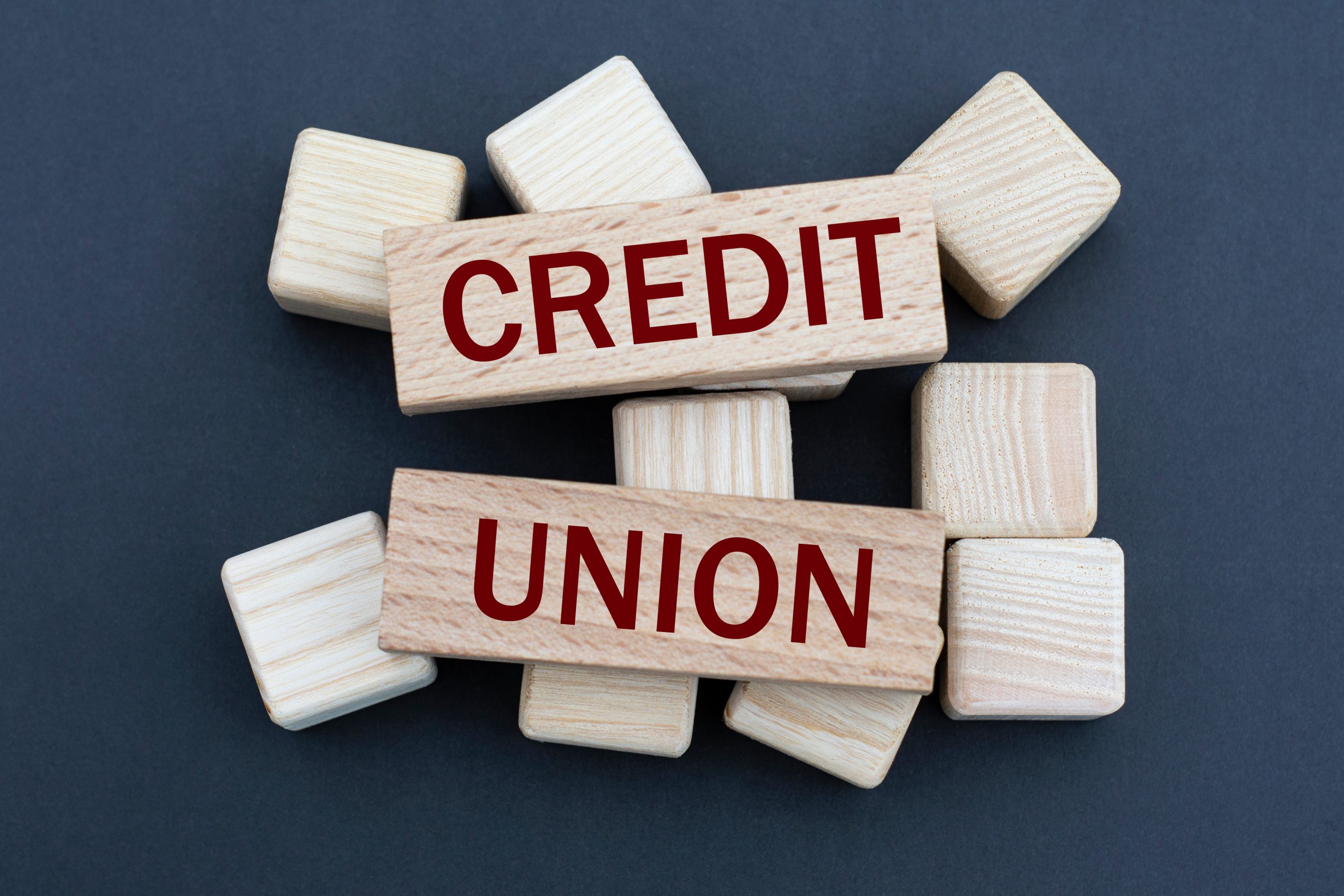Credit Cards (US)
What is a good credit card APR and how can you qualify?
Credit Card interest rates are on a continuous rise because of the Federal Reserve’s plan to fight inflation, so you should really pay attention to a card’s APR before signing up for one. Read on to learn more about it!
Advertisement
While all interest rates are on the rise, some cards have a lower APR than others

It’s no news that credit card interest rates are rising significantly as of late. That is a direct consequence of the Federal Reserve’s plan to fight inflation by raising rates all around. Consumers can feel these rate hikes in the form of their card’s annual percentage rates – or APR for short. So, is there still hope for a good credit card APR?

How credit unions can help you build your score
If you're looking to establish or build your credit, a credit union is a place to start. Learn more about how they work and the benefits they offer!
The short answer is yes – albeit still a bit higher than the previous year.
Generally speaking, a credit card’s APR is responsible for how much interest you’ll have to pay on bills that aren’t paid in full when your statement is due.
That is also known as revolving balance. Your APR represents the interest you would pay over a one-year period on your credit card’s balance.
That means that if you have a 20% APR, you’d have to pay $200 in interest on a $1,000 balance.
Currently, there are many different types of APR (for purchases, balance transfers etc), and they’re variable. Meaning you might have different rates for different cards.
If you have a good credit card, low APRs are easier to get and more beneficial to your wallet. High APR credit cards are tricky and can trap people into debt.
It can cost them a lot of money each year on interest alone. If you have a bad score or financial problems, boosting it is especially hard because of the high interest rates.
So how can you calculate what’s a reasonable annual percentage rate? More importantly, how can you negotiate a good credit card APR?
Step one is to compare rates when shopping for a new card so in case you can’t pay a full balance, it won’t drown you in interest charges.
Types of APRs you’ll find in a credit card

Credit card APRs can vary widely, depending on the type of card and the issuer. The good news is that there are now a variety of credit cards available that offer competitive APRs.
Here’s a look at some of the different types of credit card APRs you’ll find when shopping for a good credit card APR.
Check if you are pre-approved for credit cards and loans with no impact to your credit score
You will be redirected to another website
You’ll receive messages for less than 1 week, with a maximum of 1 message per day. You can unsubscribe anytime by replying STOP. By submitting this form, I confirm that I am 18+ years old and agree to the Privacy Policy and Terms and Conditions. I also provide my signature, giving express consent to receive informational messages via automated emails, SMS, MMS text messages, and other forms of communication. Message frequency may vary as part of our good-faith effort to respond to your inquiry. Message and data rates may apply. Text STOP to cancel. I understand that my consent to receive communications is not a condition of purchase and that I may revoke my consent at any time.
Purchase APR
A purchase APR, or annual percentage rate, is the interest charged on credit card purchases. This rate can be variable or fixed, but it’s important to know that it exists independently from the interest rate on your credit card balance.
When you’re making a purchase, the purchase APR is what’s used to calculate how much interest you’ll pay on that purchase if you don’t pay it off in full by the end of your billing cycle.
Introductory APR
An introductory APR, also called a promotional APR, is a low interest rate that is offered for a limited time to entice customers to open a new credit card account.
The introductory rate may be 0% for several months, after which the regular APR, which is usually much higher, kicks in.
Cash Advance APR
The cash advance APR is the rate of interest that a credit card company charges for withdrawing money from your credit limit.
This rate is usually higher than the standard APR, which means that it can end up costing more to borrow money this way.
Cash advances can be helpful in an emergency situation, but it’s important to understand the terms of your credit card agreement before you use this feature.
That way, you’ll know how much it will cost you and can plan accordingly.
Balance transfer APR
A balance transfer APR is the interest rate that applies when you transfer a balance from one credit card to another.
This can be a good way to save money on interest if you transfer your balance to a card with a lower APR.
However, it’s important to understand that balance transfer APRs are often introductory rates that only last for a limited time.
As a result, you’ll need to be sure that you’re able to pay off your balance before the intro period ends. Otherwise, you could end up paying more interest than you would have with your original card.
Penalty APR
A penalty APR is the interest rate that your credit card issuer charges you if you make a late payment. This rate is usually significantly higher than your standard APR, and it can last for months or even years.
While the exact terms vary from issuer to issuer, you can typically avoid paying penalty APR by making your payments on time and keeping your balance below your credit limit.
What is a credit card’s average APR on purchases?

The average credit card’s APR on purchases is about 21.4%. However, this number can be higher or lower depending on the card issuer and the type of card.
For example, cards with rewards programs often have higher APRs to make up for the rewards. And cards from issuers for people with lower credit scores may have higher APRs to offset the risk of default.
How can you qualify for a good credit card APR?
Many factors go into qualifying for a good credit card APR. The first, and most important, is having a good credit score.
This number is determined by your credit history and is used by lenders to determine how likely you are to repay a loan. If you have a high credit score, you’re more likely to qualify for a lower rate.
Another factor that can affect your APR is the type of card you choose. For example, rewards cards often come with higher APRs than standard cards.
Finally, your income and debt levels will also be taken into account when determining your rate percentage. If you have a higher income and low debt, you’re more likely to qualify for a lower APR.
So if you’re looking to qualify for a good credit card APR, make sure you have a good credit score, choose the right type of card, and keep your income and debt levels in check.
Credit card application: how is it evaluated?
If you have any doubts about how credit card companies evaluate your application, we’ll explain it to you.
Follow the link below to learn what goes into getting a good credit card APR and other things related to your new credit card.

Credit card application: how is it evaluated?
Understanding how your credit card application is evaluated can help you make the best decisions for your financial future. This post will tell you how to do it.
Trending Topics

What are the best foods to gain lean muscle?
Are you on a muscle-building journey? In this article, we’ll show you a few foods that will help you gain lean muscle. Read on to learn more!
Keep Reading
Upstart Personal Loan review: Get personalized rates
Do you want to get fast funding from a lender that views more than your credit score? Then check out our Upstart Personal Loan review.
Keep Reading
See how to apply for the Virgin Money Low Rate Credit Card
Discover how easy it is to apply for the Virgin Money Low Rate Credit Card! Learn how you can save time and money today!
Keep ReadingYou may also like

Learn how to get better ChatGPT Prompts
Take your responses and conversations to the next level with this guide on how to get better quality and more engaging ChatGPT prompts.
Keep Reading
What is a mid-term goal? Learn how to achieve it!
A mid-term goal is part of any successful goal-setting strategy, but do you know how to set it? This comprehensive guide will tell you!
Keep Reading
How to make money using the internet: it’s a world of possibilities!
You can make money just by using the internet to support your home business. This post has some excellent tips to achieve this goal.
Keep Reading